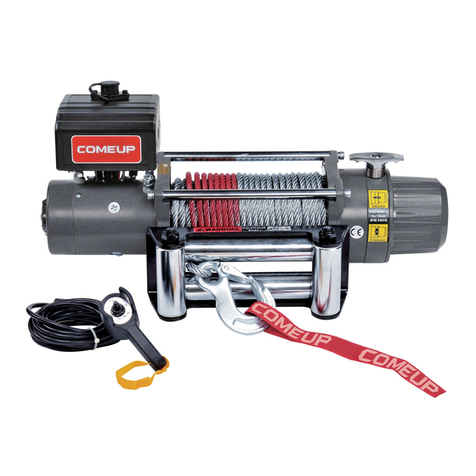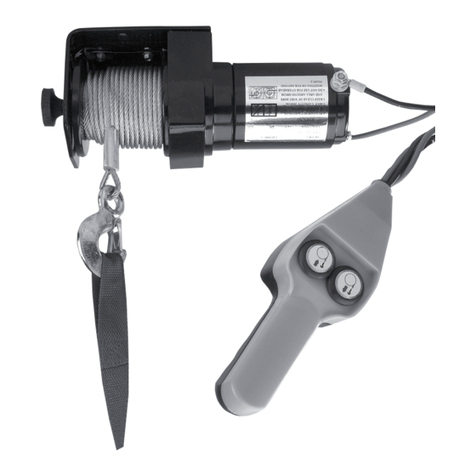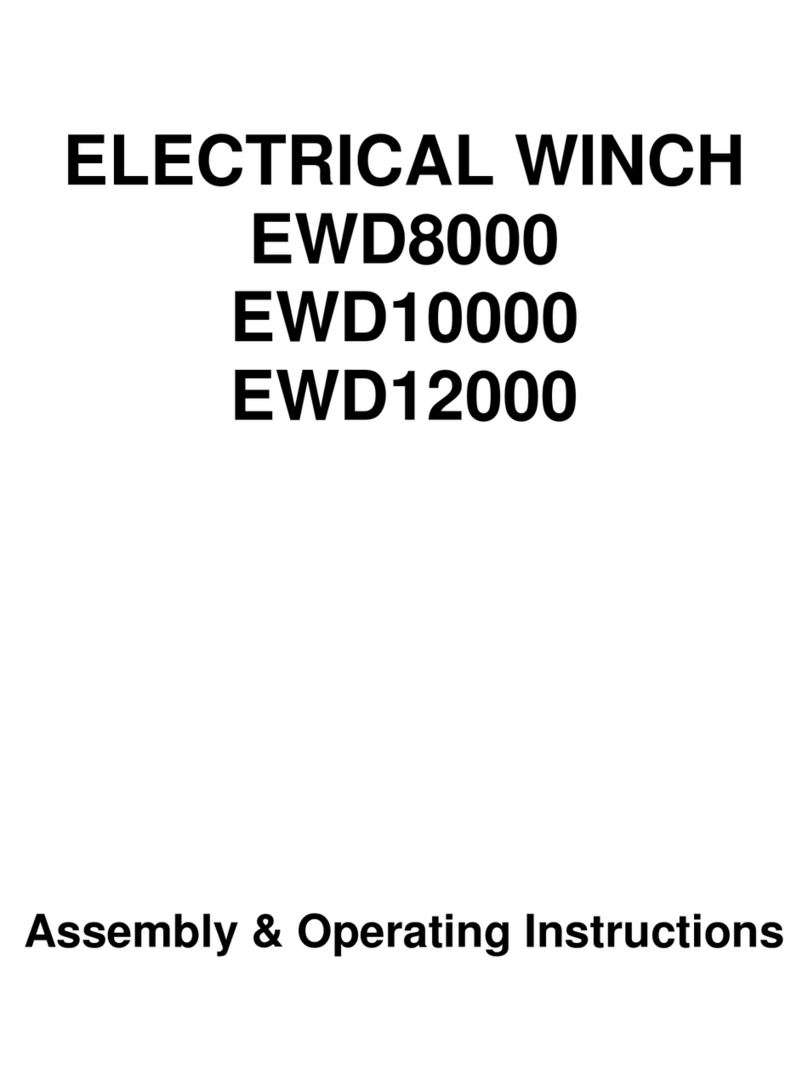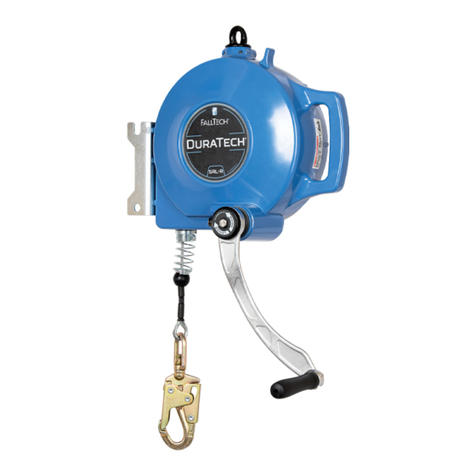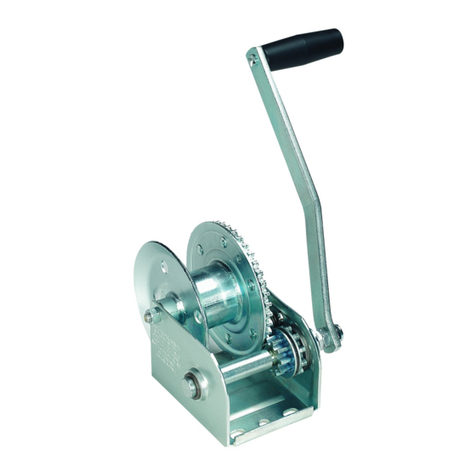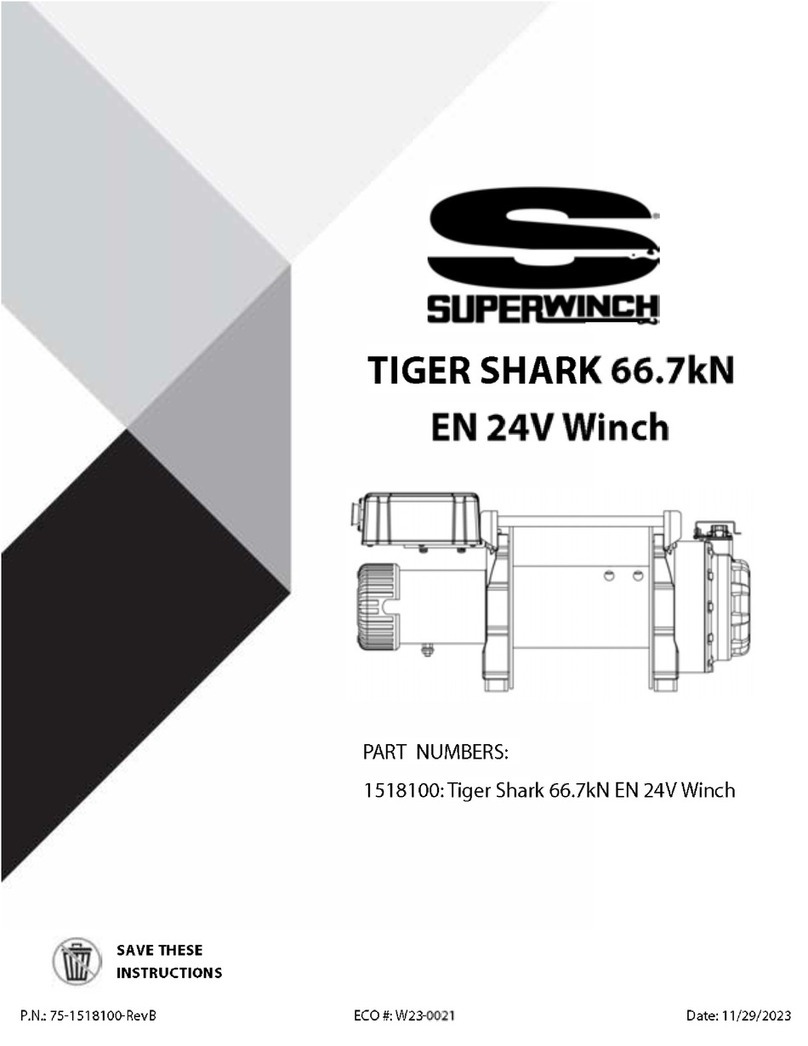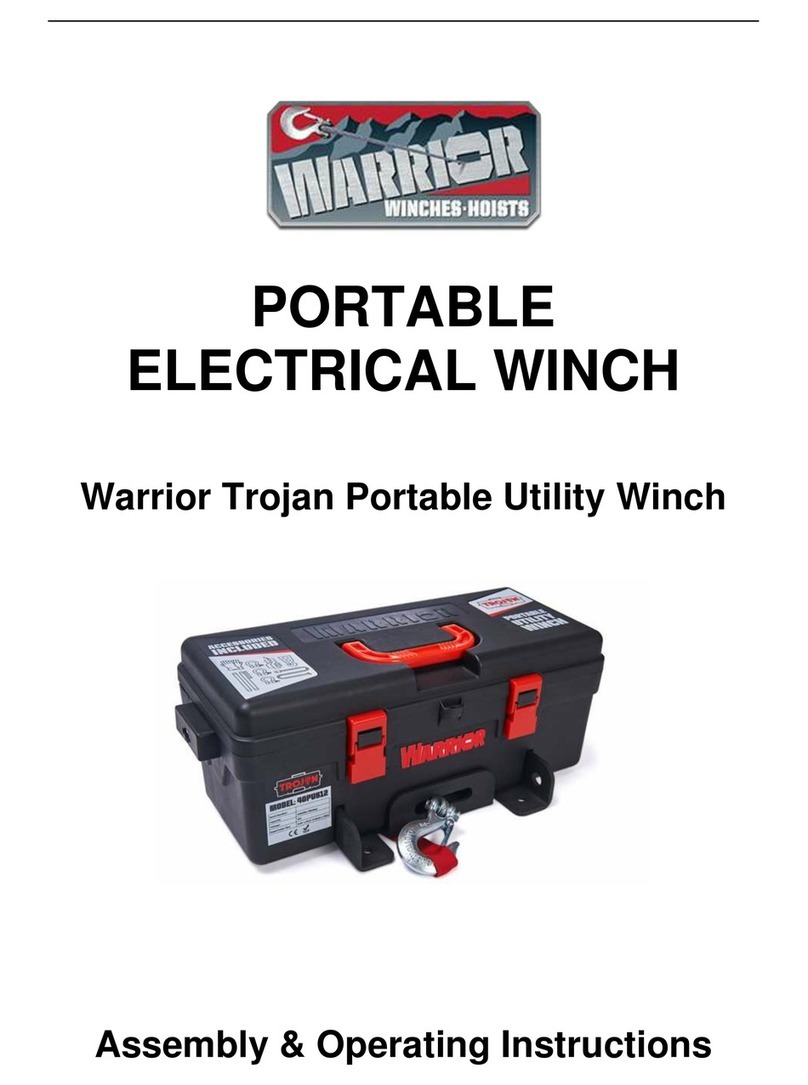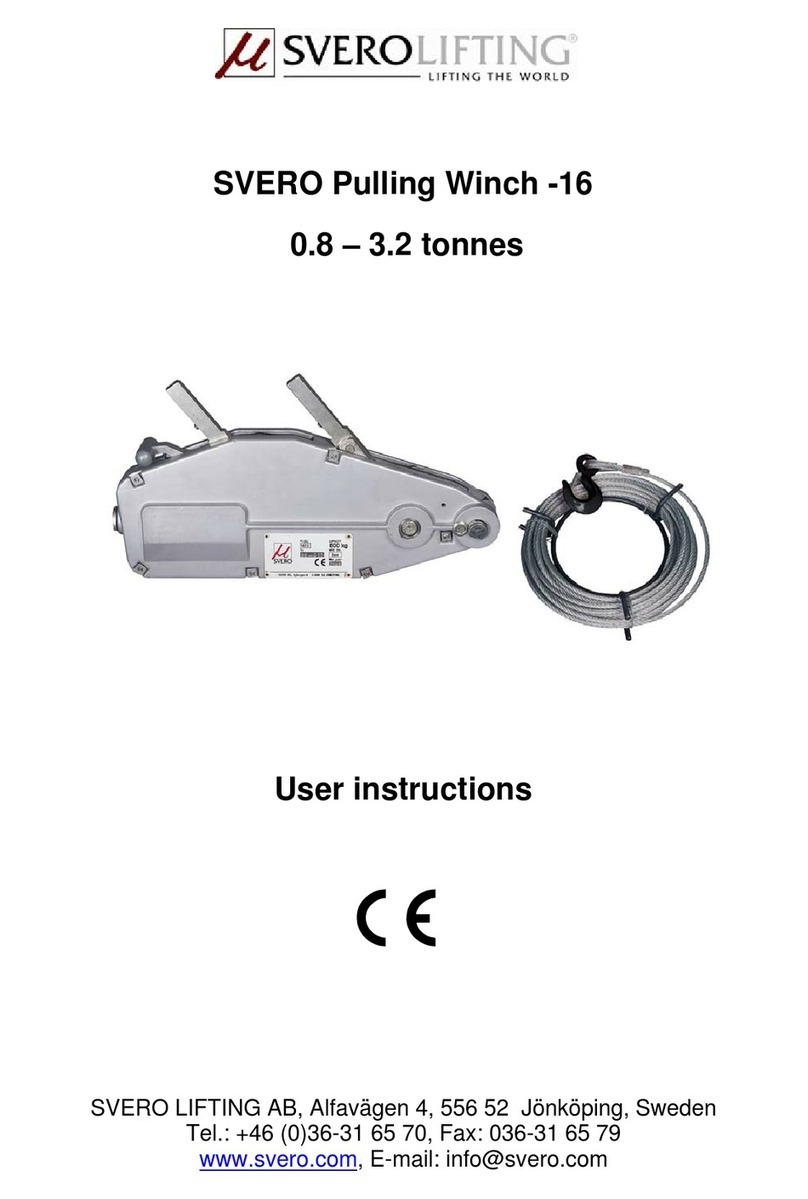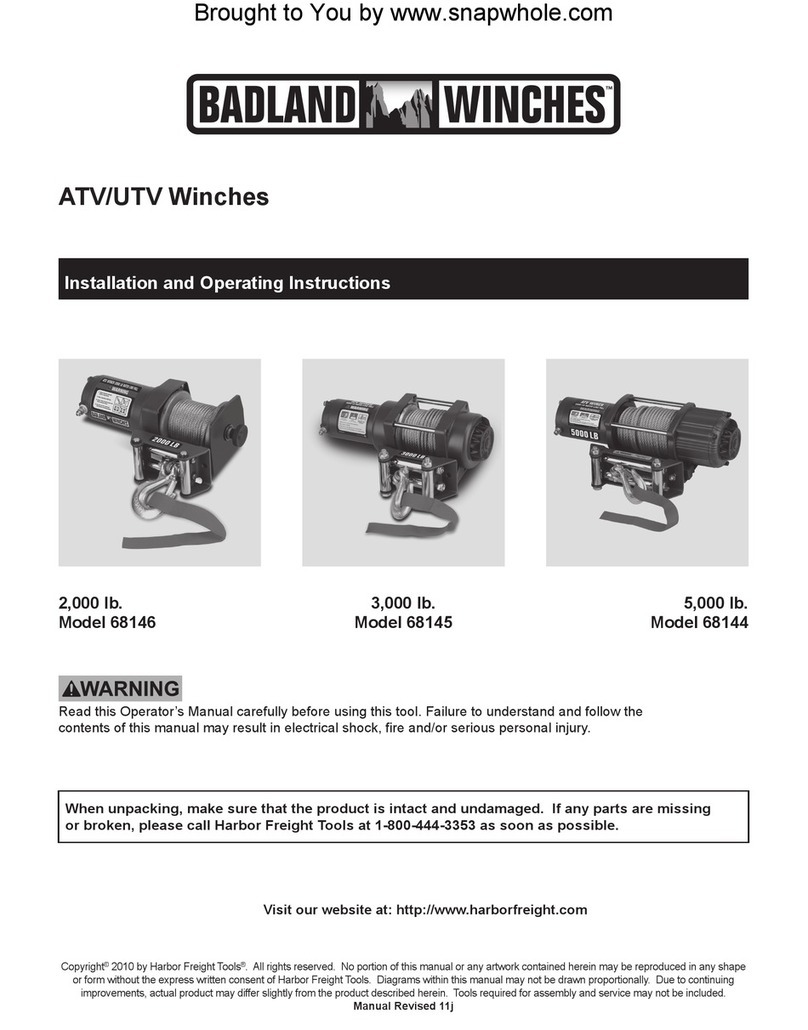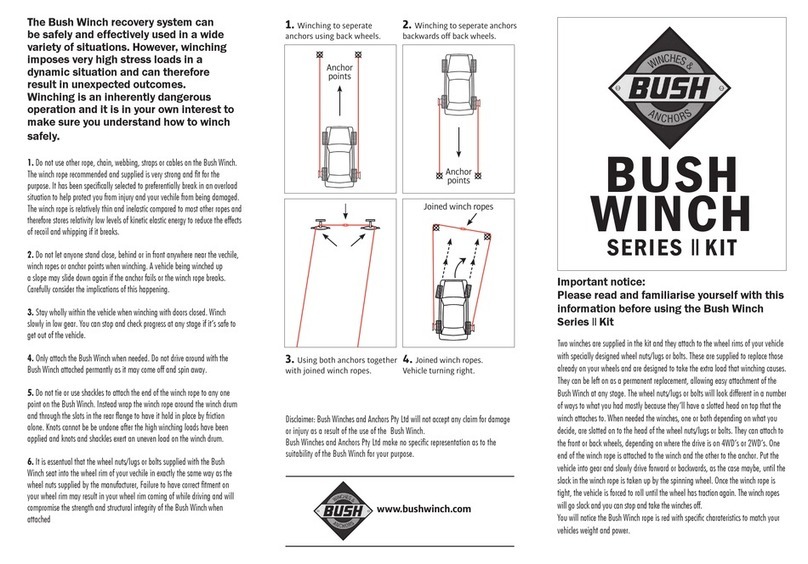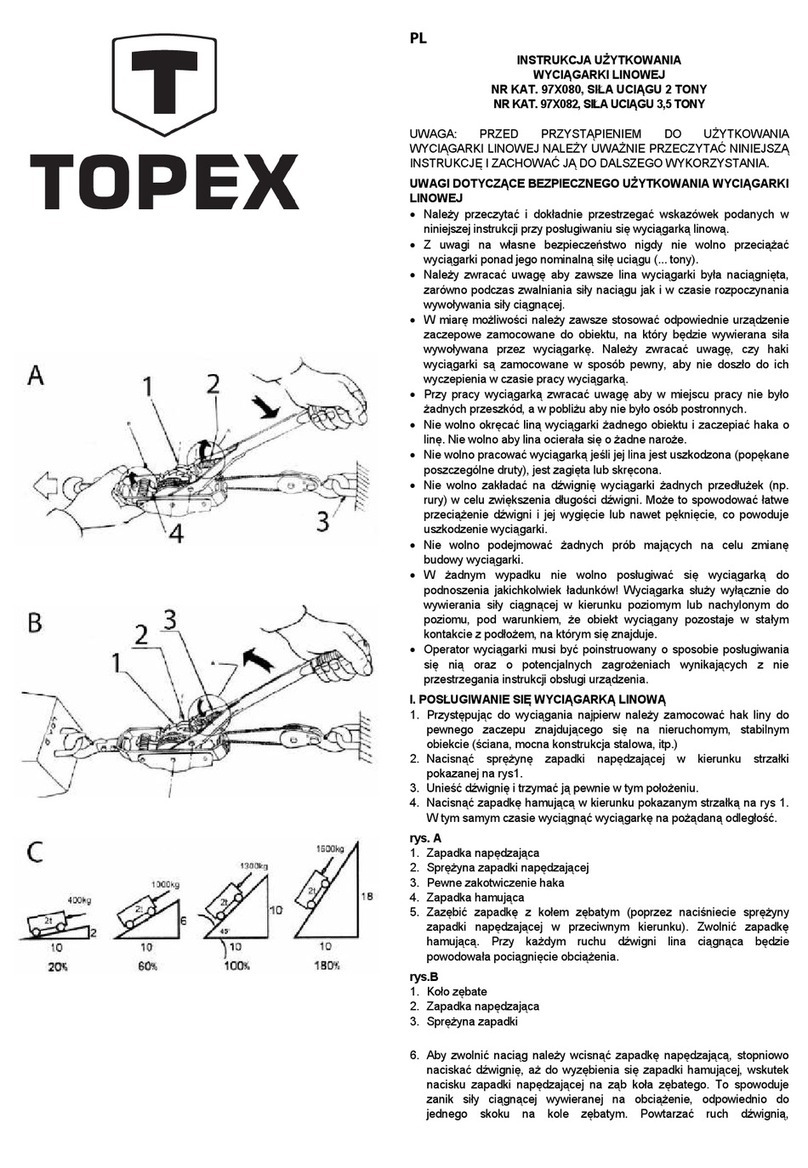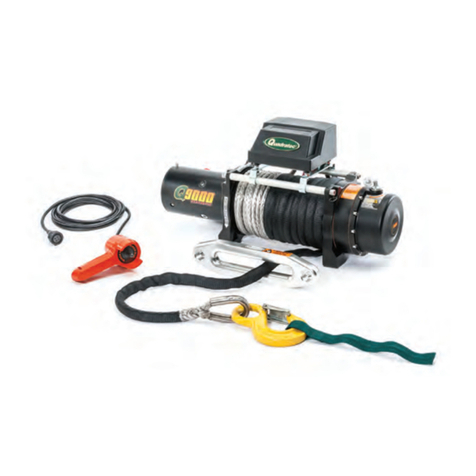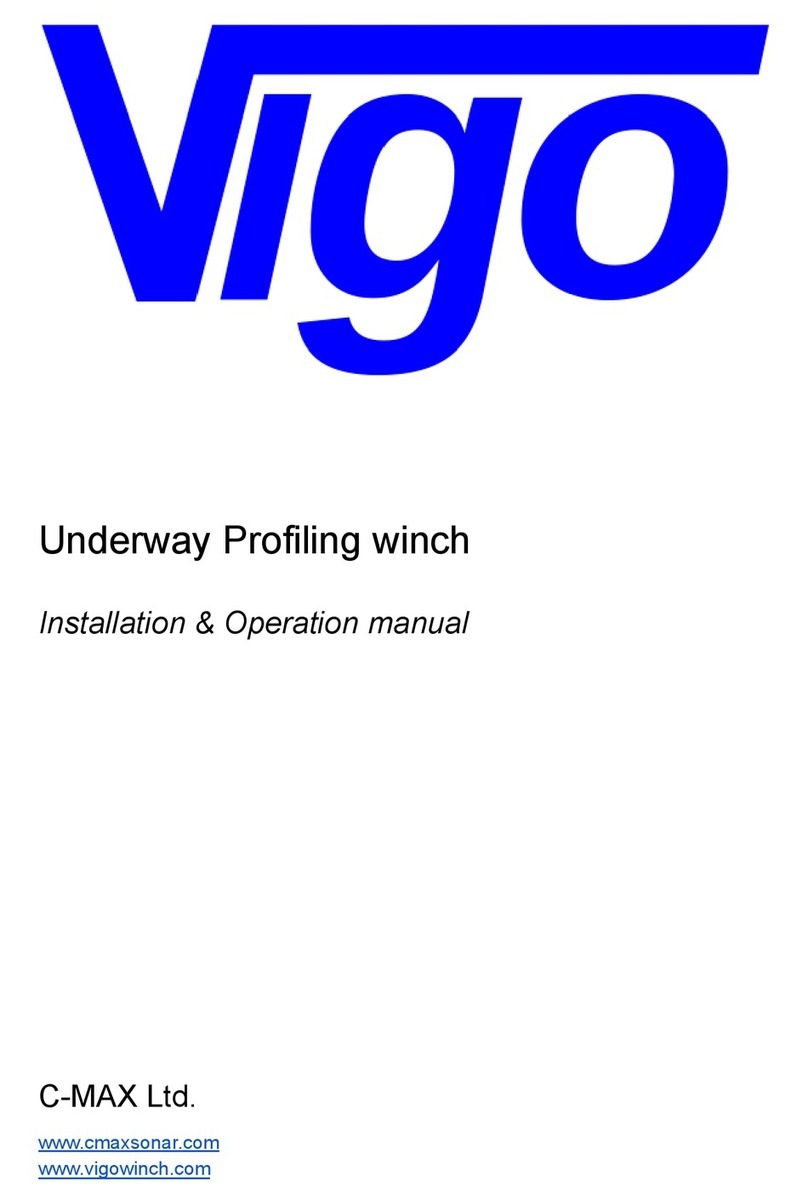
4.1 Capacity: The capacity of the winch is one worker between 130 lbs to 310 lbs. (140 kg) including tools, clothing, etc.
4.2 Compability Of Connectors: Connectors are considered compable with connecng elements when they have been designed to work
together in such a way that their sizes and shapes do not cause their gate mechanisms to open inadvertently, regardless of how they
become oriented. Contact FallTech if you have any quesons about compability. Connectors must be compable with the anchorage or
other system components. Do not use equipment that is not compable. Non-compable connectors may unintenonally disengage.
Connectors must be compable in size, shape, and strength. Self-closing, self-locking snap hooks and carabiners are required by OSHA.
4.0 System Requirements
4.3 Compability Of Components: Equipment is designed for use with approved components and subsystems only. Substuons or
replacements made with non-approved components or subsystems may jeopardize compability of equipment and may aect the safety
and reliability of the complete system.
4.4 Making Connecons: Only use self-locking connectors with this equipment. Only use connectors that are suitable to each applicaon.
Ensure all connecons are compable in size, shape, and strength. Do not use equipment that is not compable. Visually ensure all
connectors are fully closed and locked. Connectors are designed to be used only as specied in each product’s user’s instrucons.
4.5 Personal Fall Arrest System: A PFAS is an assembly of components and subsystems used to arrest a person during a fall event. A PFAS
is typically composed of an anchorage and a FBH, with an energy absorbing connecng device, i.e., an SAL, an SRD, or a Fall Arrester
Connecng Subsystem (FACSS), connected to the dorsal D-ring of the FBH. PFAS components used in conjuncon with this SRD should
comply with ANSI Z359 requirements and applicable OSHA regulaons.
4.5.1 PFAS Anchorage Strength: The winch shown in Table 1 is listed as having a minimum tensile strength of 5,000 lbs. To maintain
OSHA compliance, the structure where the unit is installed must be capable of supporng at least 5,000 lbs, or be designed, installed and
used as part of a PFAS, which maintains a safety factor of at least 2:1, under the supervision of a qualied person.
4.5.2 Work Posioning: Work posioning requires an anchorage capable of supporng 5,000 lbs applied in the direcon permied by the
system.
4.5.3 Personnel Riding: A structure used for personnel riding, lowering and hoisng must be able to support a stac load of 2,500 lbs
applied in the direcon permied by the system.
4.5.4 Rescue: A structure used for rescue must be able to support a stac load of 2,500 lbs applied in the direcon permied by the
system.
ANever connect two acve components (snap hooks or carabiners) to each other.
BNever connect two acve components (snap hooks or carabiners) to a single D-ring at the same me.
CNever connect in a way that would produce a condion of loading on the gate.
DNever aach to a object in a manner whereby the gate (of the snap hook or carabiner) would be
prevented from fully closing and locking. Always guard against false connecons by visually inspecng for closure and lock.
ENever aach explicitly to a constuent subcomponent (webbing, cable or rope) unless specically provided for by the manufacturer’s instrucons for both
subcomponents (snap hook or carabiner and webbing, cable or rope).
FNever aach in a manner where an element of the connector (gate or release lever) may become caught on the anchor thereby producing addional risk of
false engagement.
GNever aach a spreader snap hook to two side/posioning D-rings in a manner whereby the D-rings will engage the gates; the gates on a spreader must
always be facing away from the D-rings during work posioning.
Figure 2 - Non-Compable Connecons
5MCS13 Rev B 022420
